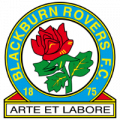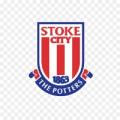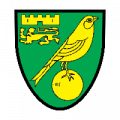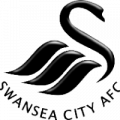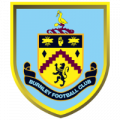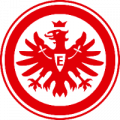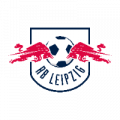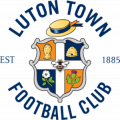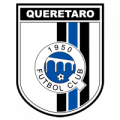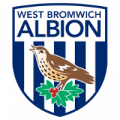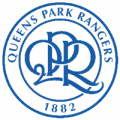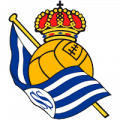A Third (and Fourth) Try to Get Lucky in Vegas
The Las Vegas Speedrome was opened in February 1972 with only a quarter-mile drag strip on offer to the local racing fans, however a road course was opened a few weeks later, with IMSA hosting a race there in July of '72. After that, not much is documented about the circuit until the year 1983, when one of the corners on the road course was slightly modified.
While the Speedrome failed to attract any major racing series, there was another racing project going on in Las Vegas. Formula 1 had arranged for a race to be held in the parking lot of the Caesar's Palace casino. The thinking behind it was that it would bring lots of attention and sponsors to host an F1 race in Vegas
The Grand Prix was pencilled into the calendar as the 1981 season finale, just a week after a race held at Watkins Glen on the East Coast. However, the race at the Glen fell off the calendar having failed to pay the drivers following the 1980 race, therefore giving the Caesar's Palace race far more prominence.
The first race held on the circuit hosted a three-way title fight between Nelson Piquet, Carlos Reutemann and Jacques Laffite. Piquet won the title but the drivers criticized the track for its boring and featureless layout.
The racing action itself wasn’t that bad, it was just unappealing to race on.
McLaren driver John Watson said: "You had this totally flat ground and three foot high concrete barriers so you had very little sense of reference points. It was probably the least appealing Grand Prix circuit I think I've raced on."
Meanwhile the 1980 champion and the circuit's first race winner, Alan Jones said it was "a goat track flattened out."
With such scathing critics, it was no surprise when the 1982 season finale produced another boring race, crowning Keke Rosberg as World Champion. Having failed to win over drivers, spectators, or organizers, the track was removed from the F1 calendar and moved over to IndyCar for 1983.
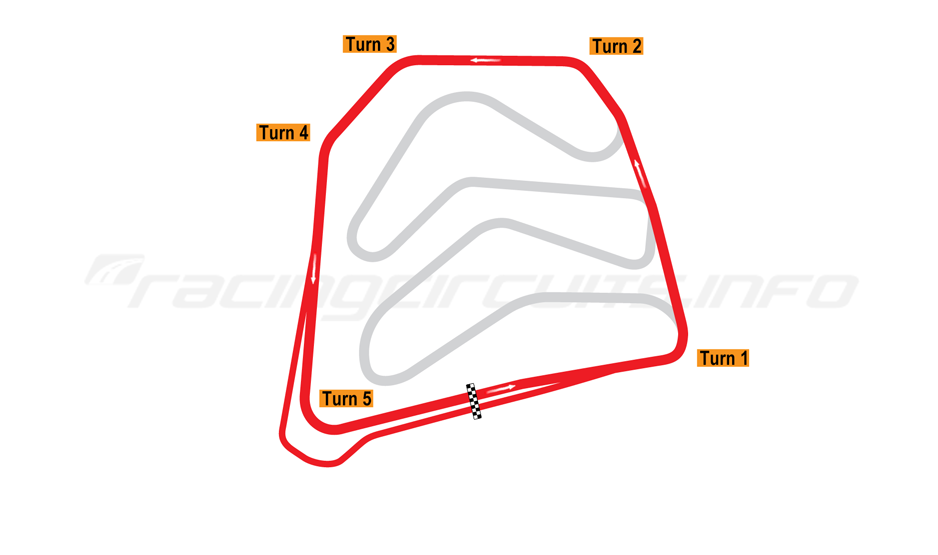
Photo credit: racingcircuitsinfo.com
The IndyCar layout of the circuit bypassed the several hairpin turns that the F1 cars made, instead creating a 'distorted oval' with 5 turns and two heavy braking zones.
"I really think it is a road course," said John Paul Jr, who qualified on the pole for the 1983 race. "Any time you have to down-shift and heel-and-toe, the art of road racing, I really do feel this is a road course. The track is very difficult, you can't see around the corners and they're all blind and it's all flat; there's no banking to it whatsoever. It's very challenging. It's a fun place to drive but you have to be very precise."
Mario Andretti won the 1983 race after battling Paul Jr, then sealed his 1984 title at the Caesar's Palace circuit by finishing second to Tom Sneva.
That, however, was the final race run on the course. Caesar's Palace had lost interest in motorsport and the site was soon transformed beyond all recognition. Nowadays there is an extension to the hotel and a shopping mall where the track once sat. So not only had NASCAR and IndyCar failed to catch on in Vegas, but so had F1. It seemed no track could find racing success in Sin City.
The Speedrome Pt. 2
Following the failure of the Caesar's Palace circuit, the Las Vegas Speedrome was the only major circuit still running in the local area. In 1985 a man named Alexander Rodriguez leased the Speedrome facility from the City of Las Vegas, and added a 3/8 of a mile short track known nowadays as the Bullring.
Then in 1989, Ralph Engelstad purchased the track, and renamed the facility "Las Vegas Speedway Park". The next development for the racetrack was the $72 million project to build a superspeedway fit for hosting major championships.
The 1.5 mile speedway's construction was undertaken during 1995 and the existing road course was given a revamp as a lot of the original road course layout was demolished to build Turn One of the new Speedway.
The Indy Racing League was the first major series to christen the track, testing there in June of 1996 before the first IRL race on the Speedway on the 16th of September the same year.
Richie Hearn won that inaugural event in September, while The AMA Superbike finale was also held at Vegas in October 1996. More rounds of the NASCAR Winston West, NASCAR SuperTruck and World of Outlaws rounded off the competition year in November for its' first year in action.
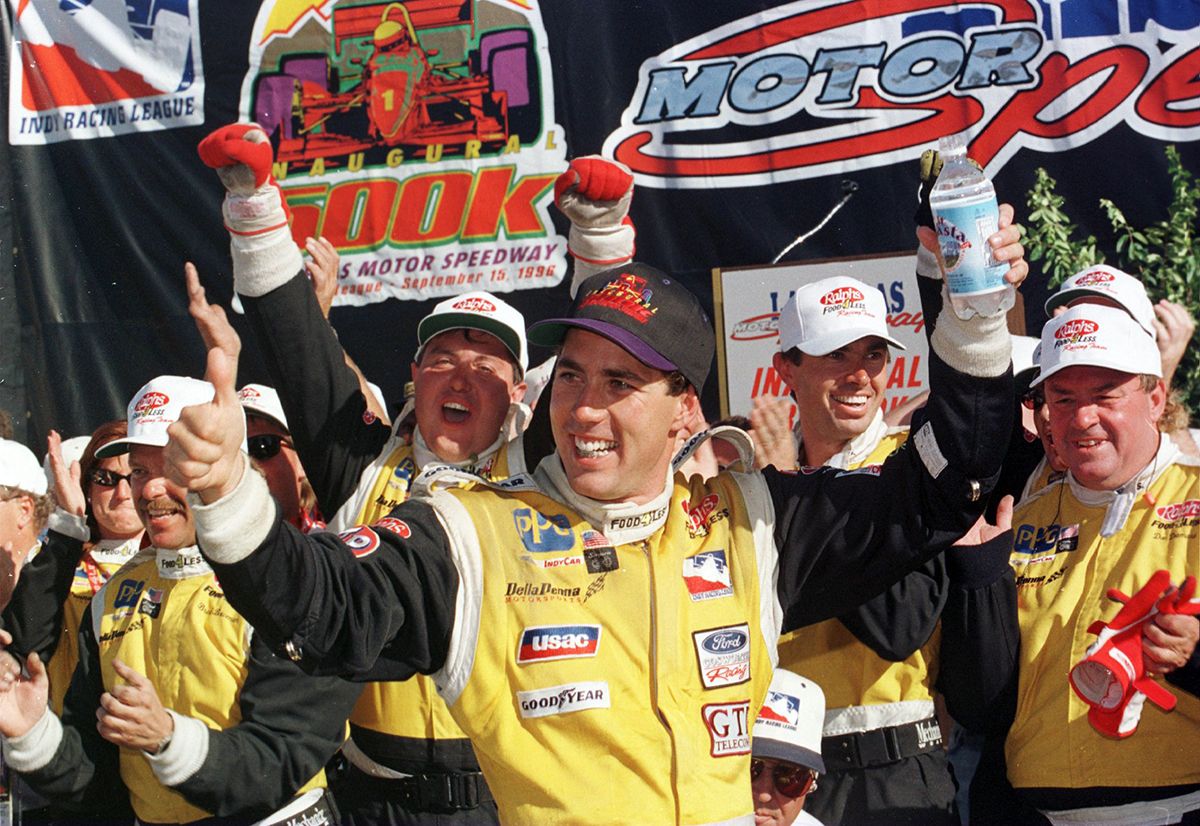
The NASCAR Sprint Cup came to Las Vegas in 1998 for the first time since the race on the Park Speedway in 1955. Mark Martin won the 400-mile race in front of 120,000 spectators, raking in $40 million for the local economy.
However at the end of 1998 the track's owners, Engelstad and his partner sold the track to Bruton Smith's Speedway Motorsports Group for $215 million, as they felt they had no clue how to run a racetrack as a business.
Success under SMG
With Bruton Smith now at the helm, Las Vegas Motor Speedway flourished as it hosted many racing categories. The American Le Mans Series drove twice on the oval road course, with JJ Lehto and Steve Soper taking the win for BMW in 1999 and Audi with Frank Biela and Emanuele Pirro taking the plaudits in 2000.
In 2004 and 2005, the Champ Car Series used the tri-oval configuration, with Newman-Haas driver Sebastian Bourdais the winner of both races.
Minor changes to the Outfield Road Course happened in 2003 and 2005, then in 2006 they changed the tri-oval's degree of banking from 12 degrees to 20 degrees of progressive banking to improve the action adding multiple grooves of racing. NASCAR returned in 2007 to the track with Jimmie Johnson winning for the third straight year at the venue.
However after years of success under new management, 2011 would be the darkest day in Las Vegas' motor racing history and one of the most tragic events in the last 20 years of motor racing in general.
On Friday the third and final part will come out, detailing how the death of a major benefactor in American open wheel racing forced many changes.

